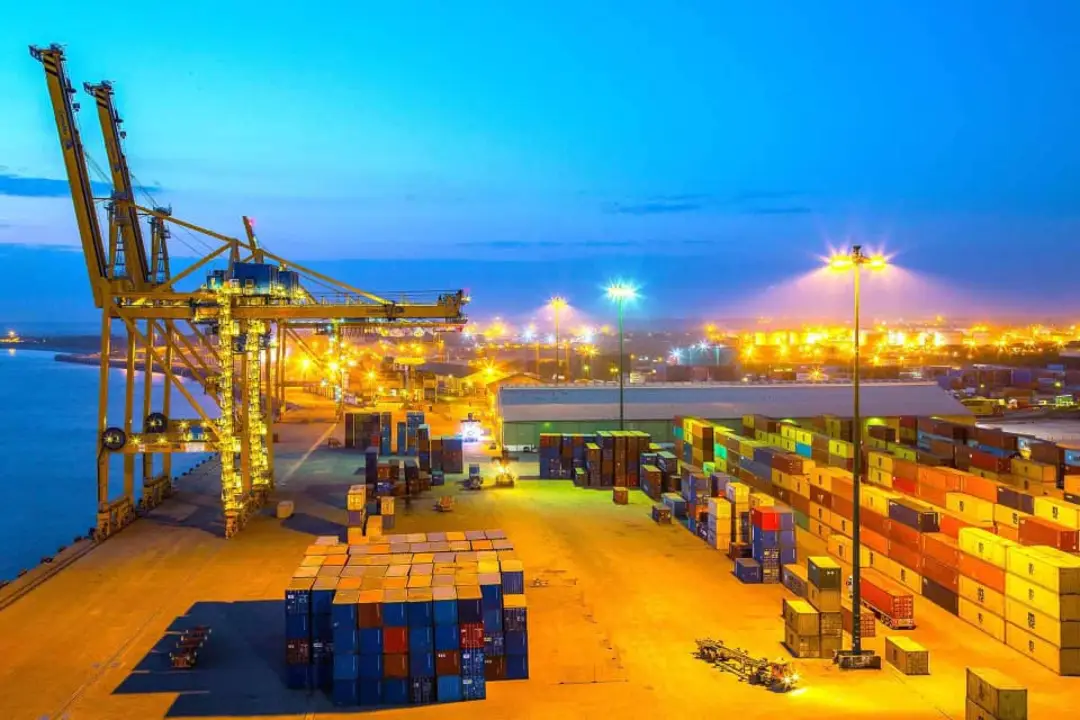
Somalia’s main exported goods
Somalia’s economy is heavily dependent on agriculture, livestock, and trade. Over the years, Somalia has established itself as an exporter of a few key products, despite challenges such as political instability and limited infrastructure. The main exported goods from Somalia include livestock, charcoal, bananas, and fish. Here’s an overview of these goods and their significance:
1. Livestock
Livestock is the backbone of Somalia’s economy, accounting for a significant portion of the country’s exports. Somalia is one of the largest exporters of livestock in the world, including camels, goats, and sheep. These animals are primarily sold to countries in the Middle East, such as Saudi Arabia, Oman, and the United Arab Emirates, where they are in high demand for consumption and religious ceremonies, particularly during Islamic festivals like Eid al-Adha. Livestock exports contribute significantly to the livelihoods of Somali pastoralists and herders.
2. Charcoal
Charcoal has historically been a major export from Somalia, particularly to Gulf Cooperation Council (GCC) countries. Somali charcoal is highly valued for its quality, primarily derived from the country’s acacia trees. However, the charcoal trade has been controversial due to its environmental impact, including deforestation and desertification. International bodies, including the United Nations, have placed bans on Somali charcoal exports to curb environmental degradation and reduce funding to armed groups that have exploited the trade.
3. Bananas
Bananas were once Somalia’s leading export crop, particularly during the 1980s and 1990s. Somali bananas are prized for their quality and sweetness. Although the banana trade has declined due to the country’s political instability, efforts have been made to revive this sector. Bananas are primarily exported to the Middle East and parts of Africa. Revitalizing banana exports could significantly boost Somalia’s agricultural sector.
4. Fish and Seafood
Somalia has one of the longest coastlines in Africa, stretching over 3,300 kilometers along the Indian Ocean and the Gulf of Aden. This provides the country with abundant marine resources, including tuna, lobster, and shrimp. Somali fish and seafood are primarily exported to countries in the Middle East and Asia. Fishing remains an underdeveloped industry in Somalia, but it has immense potential to become a major source of revenue if infrastructure and regulation improve.
5. Frankincense and Myrrh
Somalia is one of the world’s largest producers of frankincense and myrrh, resin products derived from the Boswellia and Commiphora trees. These products are used in perfumes, traditional medicines, and religious rituals. They are exported to countries in the Middle East, Europe, and North America. Frankincense and myrrh have been integral to Somali trade for centuries, showcasing the country’s rich cultural and historical ties to the global market.
Challenges in Export
Somalia’s export sector faces several challenges, including inadequate infrastructure, political instability, and the activities of extremist groups. Additionally, environmental issues, such as deforestation and overfishing, threaten the sustainability of some export industries. However, with improved governance and investment, Somalia’s export potential could expand significantly.
Conclusion
Somalia’s main exported goods, including livestock, charcoal, bananas, fish, and frankincense, play a vital role in the country’s economy and trade. These products not only provide livelihoods for millions of Somalis but also connect the country to global markets. Efforts to address challenges in infrastructure, governance, and environmental sustainability could help Somalia further harness its export potential and strengthen its economic foundation.



Leave a Reply